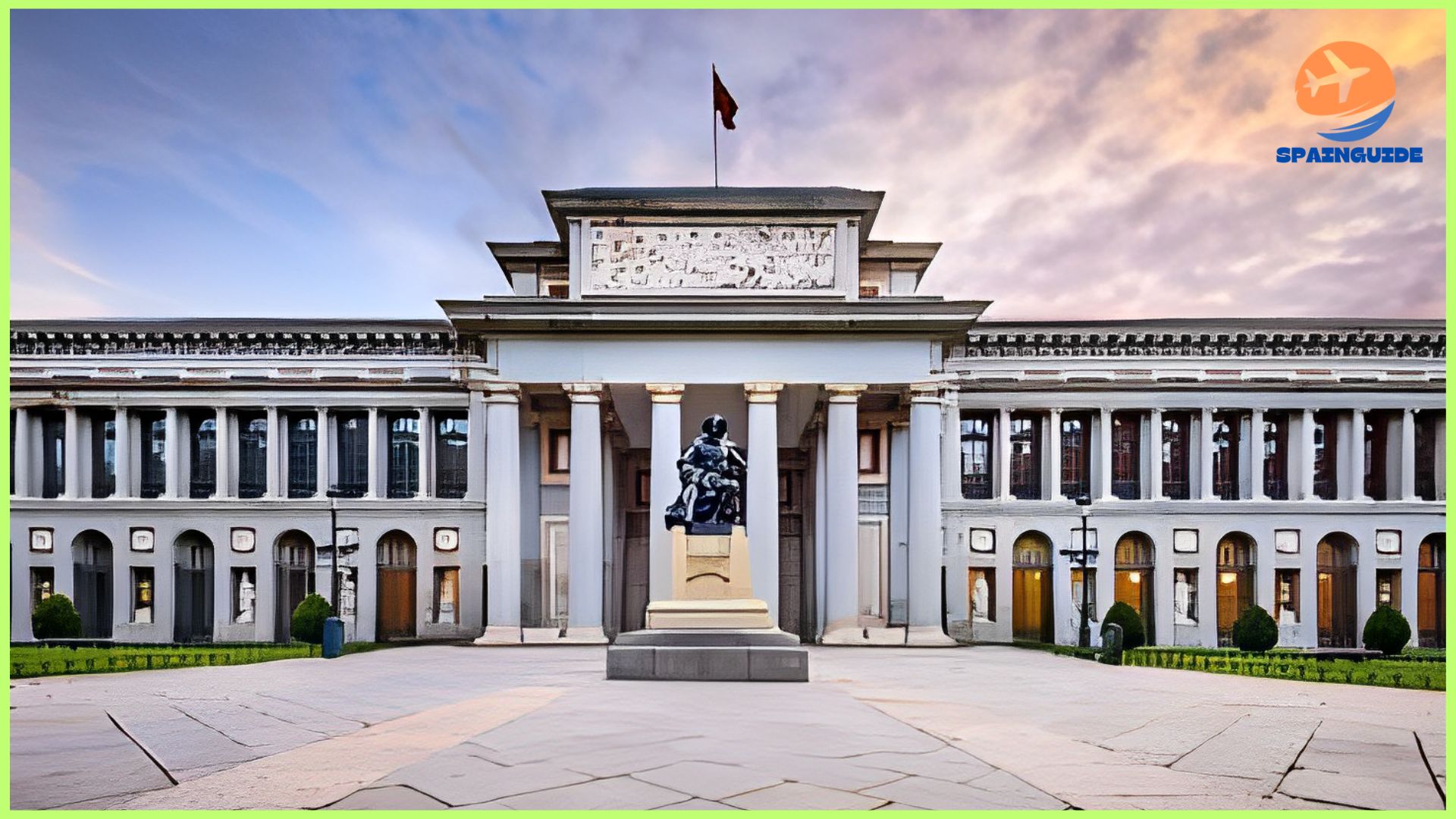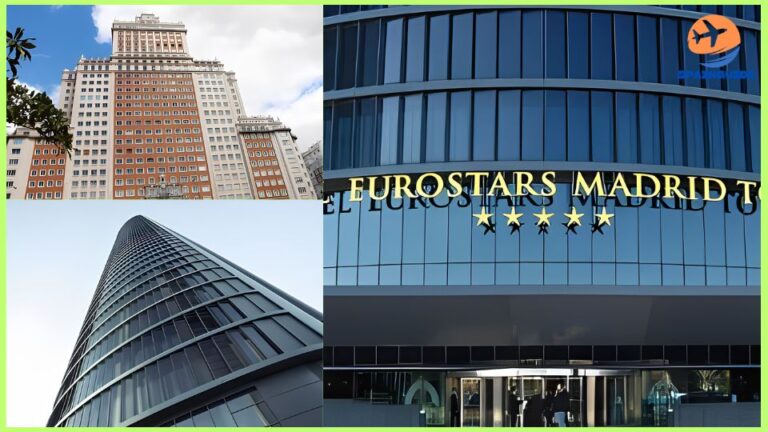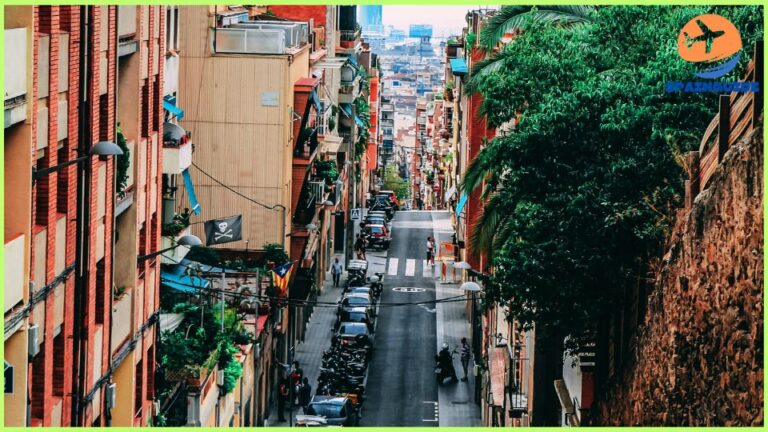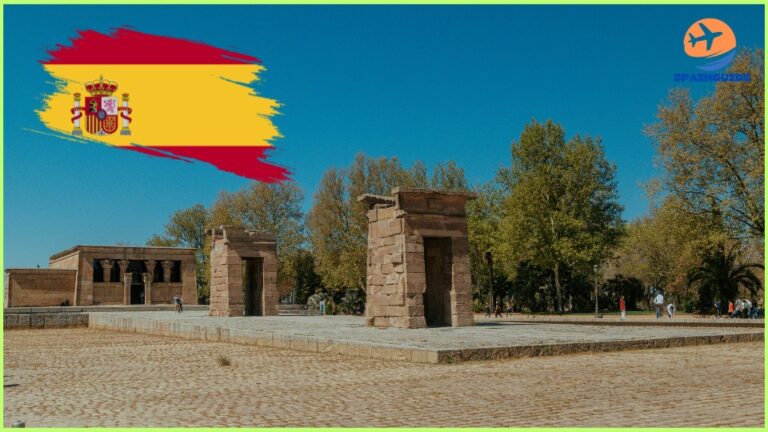Spain’s basically a giant art playground. Between world-famous paintings, cutting-edge modern installations, and mind-blowing architecture, you could spend weeks hopping from museum to museum. Whether you’re into classic masterpieces or contemporary weirdness, Spanish museums have you covered—and honestly, they’re way more fun than they sound.
Museo del Prado – Madrid
If you only visit one art museum in Spain, make it the Prado. This place is legendary. We’re talking Velázquez, Goya, El Greco—basically every Spanish master you’ve heard of (and some you haven’t).
The star of the show? Velázquez’s “Las Meninas.” It’s one of those paintings that’s even cooler in person—all the perspective tricks and hidden meanings will mess with your head a bit. Then there’s Goya’s “Black Paintings,” which are wonderfully dark and intense. Fair warning: they’re not exactly cheerful breakfast viewing.
Pro tip: Go right when they open or during the free evening hours (check their site for exact times). The Prado gets packed, and you don’t want to be elbowing tourists to see the good stuff. Book tickets online ahead of time—you’ll thank yourself later.
Museo Nacional Centro de Arte Reina Sofía – Madrid
Right, so if the Prado’s all about the classics, Reina Sofía is where Spain shows off its modern side. This museum’s claim to fame is Picasso’s “Guernica”—that massive, haunting anti-war painting. Seeing it in person is kind of overwhelming in the best way possible.
But don’t just beeline for Guernica and leave. There are tons of Dalí, Miró, and other Spanish contemporary artists worth checking out. The temporary exhibitions are usually pretty interesting too, and they rotate fairly often.
Money-saving hack: Free entry on certain evenings and Sunday afternoons. The place is huge, though, so wear comfy shoes—you’ll be doing some serious walking.
Museu Picasso – Barcelona
Barcelona’s got its own Picasso museum, and it’s worth the visit even if you’ve seen his work elsewhere. This one focuses on his early stuff—basically watching young Picasso figure out how to be, well, Picasso. The museum is spread across five medieval palaces in the Gothic Quarter, which is pretty cool in itself.
The chronological layout makes it easy to see how his style evolved from traditional paintings to the abstract weirdness he’s famous for. Plus, you’re right in the heart of Barcelona’s old town, so you can easily hit up some tapas bars afterward.
Heads up: It gets crazy busy, especially in summer. Book a time slot online or go first thing in the morning. And while you’re in the neighborhood, wander around—the Gothic Quarter’s full of hidden corners and good photo ops.
Guggenheim Museum – Bilbao
Okay, so the Guggenheim Bilbao is as much about the building as the art inside. Frank Gehry designed this titanium-covered masterpiece, and it literally transformed Bilbao from an industrial city to a cultural destination. The architecture alone is worth the trip.
Inside, you’ll find contemporary art from big names like Jeff Koons (his giant puppy sculpture outside is Instagram gold) and Richard Serra. The exhibitions change regularly, mixing permanent pieces with traveling shows. Even if modern art isn’t usually your thing, the space itself is so wild that it’s worth experiencing.
Getting there: Bilbao’s got great train connections from Madrid and Barcelona. The museum’s right by the river, and there’s a nice sculpture park outside to explore. Grab tickets online to skip the line.
Thyssen-Bornemisza Museum – Madrid
This is the third piece of Madrid’s “Golden Triangle of Art” (along with Prado and Reina Sofía). What makes Thyssen special is its range—you get everything from medieval religious paintings to Pop Art, all in one place. It’s like a greatest hits album of Western art.
Van Gogh, Monet, Caravaggio, Rubens—they’re all here. The collection fills in gaps that Prado and Reina Sofía don’t cover, which is why art nerds love doing all three in one trip.
Smart move: Get the combined ticket for all three museums if you’re planning to hit them all. It’ll save you money and give you the flexibility to visit over multiple days. The Thyssen’s smaller than the other two, so it’s less exhausting if you’re museumed out.
Museo Nacional de Arte de Cataluña (MNAC) – Barcelona
MNAC sits up on Montjuïc Hill in this massive palace, and honestly, the views alone make it worth the climb. Inside, it’s all about Catalan art—from medieval Romanesque frescoes (seriously impressive) to Modernisme pieces and beyond.
The Romanesque collection is genuinely unique. They’ve reconstructed entire church interiors with original frescoes, which sounds boring but is actually pretty mind-blowing. And if you need a breather, the terrace overlooks the whole city.
Timing tip: Go late afternoon so you can catch sunset from the terrace after your visit. The light on Barcelona from up there is gorgeous. Audio guides are worth it here—lots of historical context that makes everything more interesting.
Museo Sorolla – Madrid
This one’s a hidden gem that doesn’t get as much tourist traffic, which is nice. Joaquín Sorolla was a Spanish Impressionist who painted stunning light-filled scenes, and the museum is actually his old house and studio. Walking through feels intimate and personal—like you’re visiting an artist’s home rather than a stuffy museum.
The garden’s beautiful, especially in spring, and you can see how it influenced his work. It’s smaller and quieter than the big Madrid museums, making it a nice change of pace if you’re feeling overwhelmed by crowds.
Quick note: No flash photography, and it’s a smaller space so it doesn’t take hours to see. Perfect for a relaxed morning visit before lunch
Spain’s museums pack in centuries of artistic genius, weird contemporary experiments, and everything in between. Whether you’re Team Classic Art or Team Modern Weird Stuff, you’ll find your people here. Plan ahead, book tickets online, and maybe don’t try to cram everything into one day—museum fatigue is real. Take your time, enjoy the art, and remember: it’s totally fine to skip stuff that doesn’t interest you. This is your trip, not an art history exam.
Ready to create your perfect Spanish museum itinerary?







